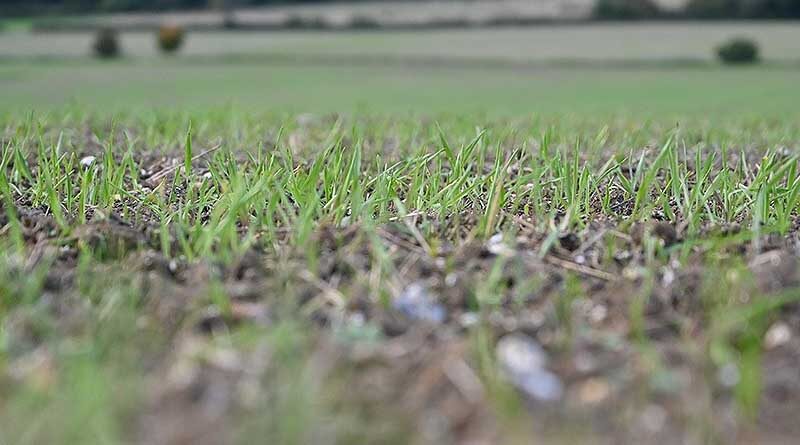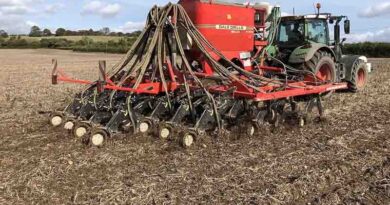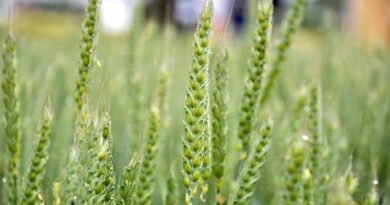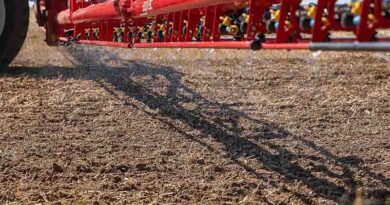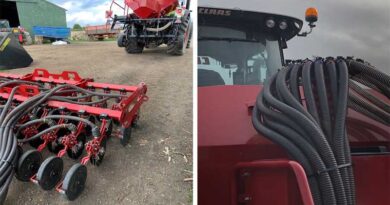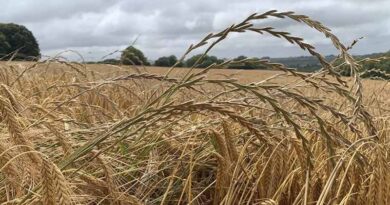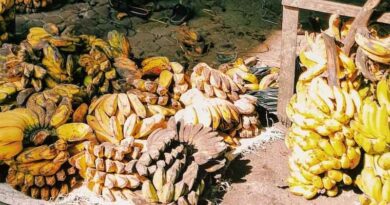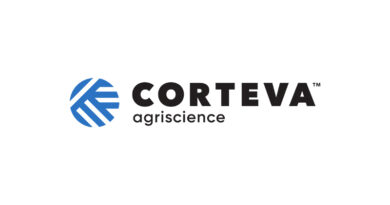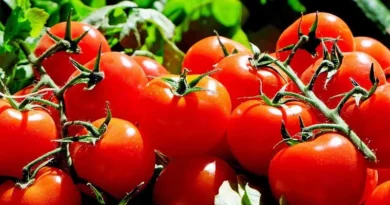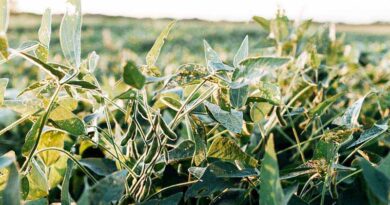Delayed drilling of winter wheat
28 October 2021, UK: Delaying wheat drilling is commonly adopted as part of an integrated strategy against grass weeds, Barley yellow dwarf virus (BYDV) and to help minimise overwintering inoculum in the crops to ultimately reduce disease risk.
The autumn cereal drilling campaign started early this season with largely favourable weather conditions throughout September, however the wetter second half of October has stalled many of those who have held off and several growers will be looking at planting wheat crops into November and beyond, as, and when conditions are suitable.
Trials results
Syngenta trials have shown the value of increasing seed rates at delayed timings to mitigate yield losses. A consistent trend in trials has been that later sown winter wheat has had reduced percent establishment – as you would expect. Increased planting densities can be seen to be less risky to crops that may suffer poorer establishment as we get deeper into autumn and weather conditions become more challenging for establishing wheat. Late drilled crops will be in the ground for less thermal time and will not be able to compensate for poor establishment as well as early sown crops can.
Our trials in 2021 looked at a range of varieties drilled in the first half of October at a rate of 300 + 325 seeds/m2. The same varieties were then drilled in November at a rate of 400 + 450 seeds/m2. The trials gave some clear conclusions:
- Higher seed rates achieved higher plant stands
- Increasing seed rates resulted in higher ears/m2
- The higher seed rates delivered a yield benefit at both drill timings
- The later drilled varieties produced lower yields, but the impact should be balanced against the benefits of delayed drilling, such as reduced disease pressure
- GLEAM and SY INSITOR are both flexible choices that deliver high performance in both the October and November drilled slot

Source: Syngenta trials
Syngenta Seeds Technical Expert, Matthew Bull said,
“Levels of establishment vary significantly based on many factors including soil type, cultivation and seedbed quality, pest pressure and arguably most importantly, weather conditions pre and post drilling. With so many factors affecting establishment, optimal seed rates are something that we cannot be too general or prescriptive about. Local conditions must be considered, and planting rates adapted accordingly”.
Syngenta are beginning to look more at the impact of different cultivation regimes on plant establishment and trying to understand how planting rates should be adjusted for optimal performance.
Top tips for delayed drilled crops
- Select a proven variety suitable for delayed drilling: SY INSITOR and GLEAM are well suited
- Prepare a good seedbed and increase seed rate: Seedbed quality can be as important as drill date. Utilise higher seed rates to account for compromised establishment and reduced tillering potential of crop
- Use a seed treatment to increase crop resilience: VIBRANCE Duo seed treatment not only manages common seed and soil-borne diseases, but is also proven to have crop establishment benefits, alongside root enhancement.
Getting BYDV management right this autumn
The mild conditions this autumn have resulted in higher numbers of aphids. This is combined with many taking advantage of the open early drilling conditions, as well as glyphosate shortages resulting in poorer green bridge control, which could all increase BYDV prevalence this autumn.
BYDV, which is predominantly spread by the grain aphid and bird cherry-oat aphid, can lead to costly losses in both winter barley and wheat, especially with early infections which are associated with earlier drilling. The long-term forecast this autumn indicates that temperatures are likely to be 0.2oC higher than ‘average’ and typical amounts of rainfall are expected. Last year, the very wet October reduced aphid populations, despite the mild temperatures.
High aphid numbers are currently being reported, which could mean we will be facing a high-pressure year. It is critical to remain vigilant and stay on top of management to protect crops from significant losses.
We strongly recommend an integrated approach to managing BYDV and a key part of this is the justified use of HALLMARK Zeon (lambda-cyhalothrin). For up-to-date insights on local pressure, you can access water trap data from 11 Syngenta sites across the country using the company’s BYDV Assist tool.
BYDV Assist supports farmers to optimise insecticide application timings to target the second and subsequent generations of aphids, based on a model using the T-sum 170-day degrees (DD) threshold. By utilising the decision support tool, growers can minimise insecticide use whilst achieving the best efficacy. The tool requires details such as location and crop emergence date and the tool can then alert the user when best to spray, with a handy pre-warning system at 145DD too. Spray intervals are more regular earlier in autumn whilst temperatures are milder.

